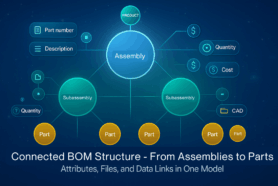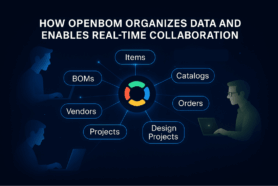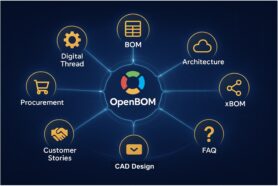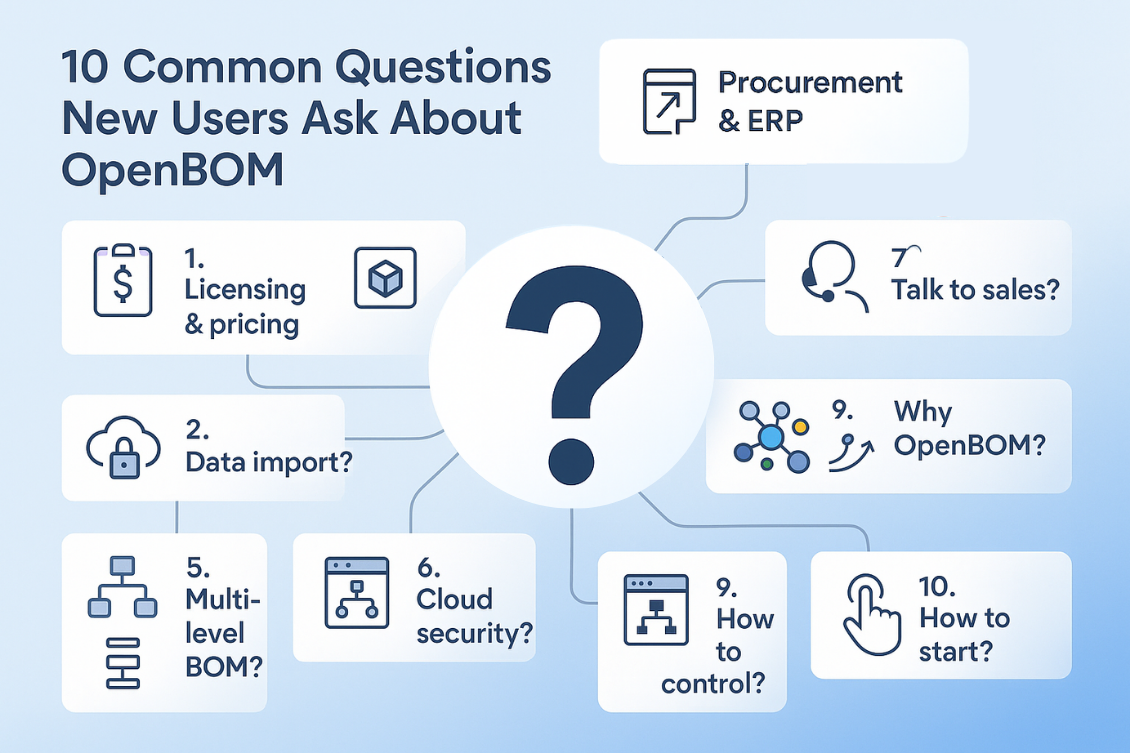
If you’re like most manufacturers, you rely on Excel to manage your product data. But as your business grows, so does the chaos in your Excel files. You can barely find the right file, let alone track version changes or identify discrepancies between inventory and sales data. OpenBOM can help you move from Excel chaos to a well-organized and reliable product lifecycle management system. With OpenBOM, you’ll have a clear picture of your product data – no more scrambling through disorganized Excel files!
One of the questions frequently asked by many companies coming to OpenBOM is how to move from Excel chaos to organized data structures in OpenBOM. How to import data and cut ties with Excel and other messy spreadsheets? The question is not that simple, because the reality is that the data is usually messed up and exists in multiple formats in different places.
There are many ways to import data into OpenBOM. In this blog post, we will explore several strategies for getting your data into OpenBOM. We will also discuss the pros and cons of each method. Hopefully, this information will help you choose the best way to import your data into OpenBOM.
Learn Your Data
The first step in your legacy data import is to learn your data. It might sound like an obvious thing, but you should not underestimate the value and importance of this step. Usually, the recommendation is to gather all stakeholders involved in product design, engineering, manufacturing, and procurement and to collect information about files and what formats are being used.
Build Logical Data Model
The next step you want to make in your data journey is to build your logic information model about the data you need to manage using OpenBOM. Before making this step, I highly recommend you check the following OpenBOM materials.
- Understanding OpenBOM
- OpenBOM Basic Course
- OpenBOM Data Management Course
- OpenBOM Data Model, Properties, and Property Types
The important elements of the OpenBOM data model are the following (1) Properties; (2) Items; (3) Product Structure (Bill of Materials); (4) Vendors (5) CAD files.
Properties are the smallest granular pieces of information you need to define. Think about Part Number, Description, Cost, Image, Material, Supplier Name, etc. Properties represent the taxonomy of your data. OpenBOM is flexible and you need to prepare the data definitions you want to manage.
Everything is an item. It can be part, assembly, SKU, labor, material, etc. OpenBOM allows you to organize different types of items using Catalog mechanisms. All items of a specific type will be placed in a separate catalog (virtual database) with a set of properties and part number setup.
Product Structure (BOMs) are using Items and represents your assemblies and sub-assemblies. You build them using Items.
Finally, Vendors are records of all suppliers you order work or buy parts from. They are also organized in vendor lists.
Data Import Sequence – Data Wrangling
After you finished gathering all information, your next step is to do data wrangling by transforming all data into Excel formats that can be imported to OpenBOM. Here is the order of steps you need to follow to bring data to OpenBOM:
- Create Excels for all Vendor Lists
- Create Excels for each Item type (to be imported to catalogs)
- Create one or more Excels for each BOM (you can import BOMs structures using predefined “level format”)
Video Demo
In the following video, you can learn step-by-step how to prepare data files and import them to OpenBOM.
Conclusion
OpenBOM provides a flexible data model and ready-to-be-used out-of-the-box import functions to bring these data files to OpenBOM and combine it in a connected seamless product data representation, which includes all elements of the data model – items, BOM, vendors, etc.
You can use OpenBOM Training Library to learn more about it. Check the OpenBOM premium onboarding option – this is a way to get up to speed with OpenBOM really fast.
REGISTER FOR FREE to learn more about how OpenBOM can help you today.
Best, Oleg
Join our newsletter to receive a weekly portion of news, articles, and tips about OpenBOM and our community.










